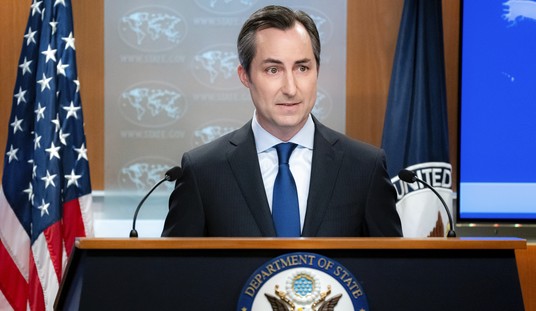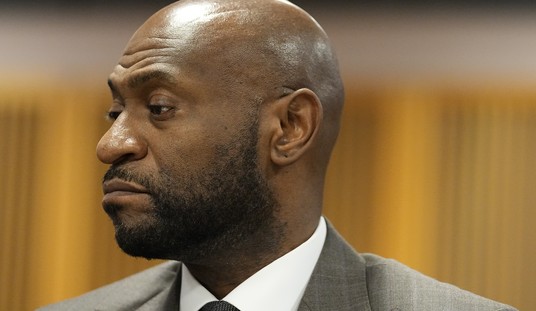This post was authored by Kyle Olson.
Wisconsin schools, once scrambling for every tax dollar available and relentlessly proposing new ones for taxpayers, are now seeing their cost of doing business drop, thanks to the collective bargaining reform law that has now taken effect.
The new law, which was met with union protests unlike this generation has seen, put more power into the hands of school boards and administrators to set spending policy. That’s because spending policy was taken off the collective bargaining table, where the Wisconsin Education Association Council could manipulate the process to its own self-serving advantage. Perhaps most significantly, the new law took employee health insurance off the bargaining table, so WEAC is no longer able to pressure school boards to purchased overpriced coverage from WEA Trust, an insurance carrier established by the union. Read an exposé on that here.
That has all been wiped away and many school boards are about to reap the rewards.
The MacIver Institute recently produced a reportshowing the potential savings many school districts stand to receive, just from new mandatory employee contributions to health benefit premiums and pension plans. For example, in the Green Bay district, if employees contribute 12.6% of the health insurance premium and 5.8% to their pensions, it stands to save $11 million. With similar contributions by employees, Madison would see $15.5 million; MacIver estimates the Racine district would save $19.2 million.
And now that WEA Trust has a little competition, its rates are mysteriously falling. Byron York has been covering the situation and wrote:
Recommended
“And it just happens that the Hartland-Lakeside teachers' collective bargaining agreement expired on June 30. So now, freed from the expensive WEA Trust deal, the school district has changed insurers.
“‘It's going to save us about $690,000 in 2011-2012,’ says [Superintendent Glenn] Schilling. Insurance costs that had been about $2.5 million a year will now be around $1.8 million. What union leaders said would be a catastrophe will in fact be a boon to teachers and students.”
Suddenly this month-long fight about “rights” suddenly looks more like a fight about union power and money.
The fundamental question is whether government schools are public works projects for the adults or institutions of learning focused on students. In Wisconsin, the reforms are allowing schools to be more student focused by spending more money on students. What’s bad for the union is very good for the children of Wisconsin.
























Join the conversation as a VIP Member